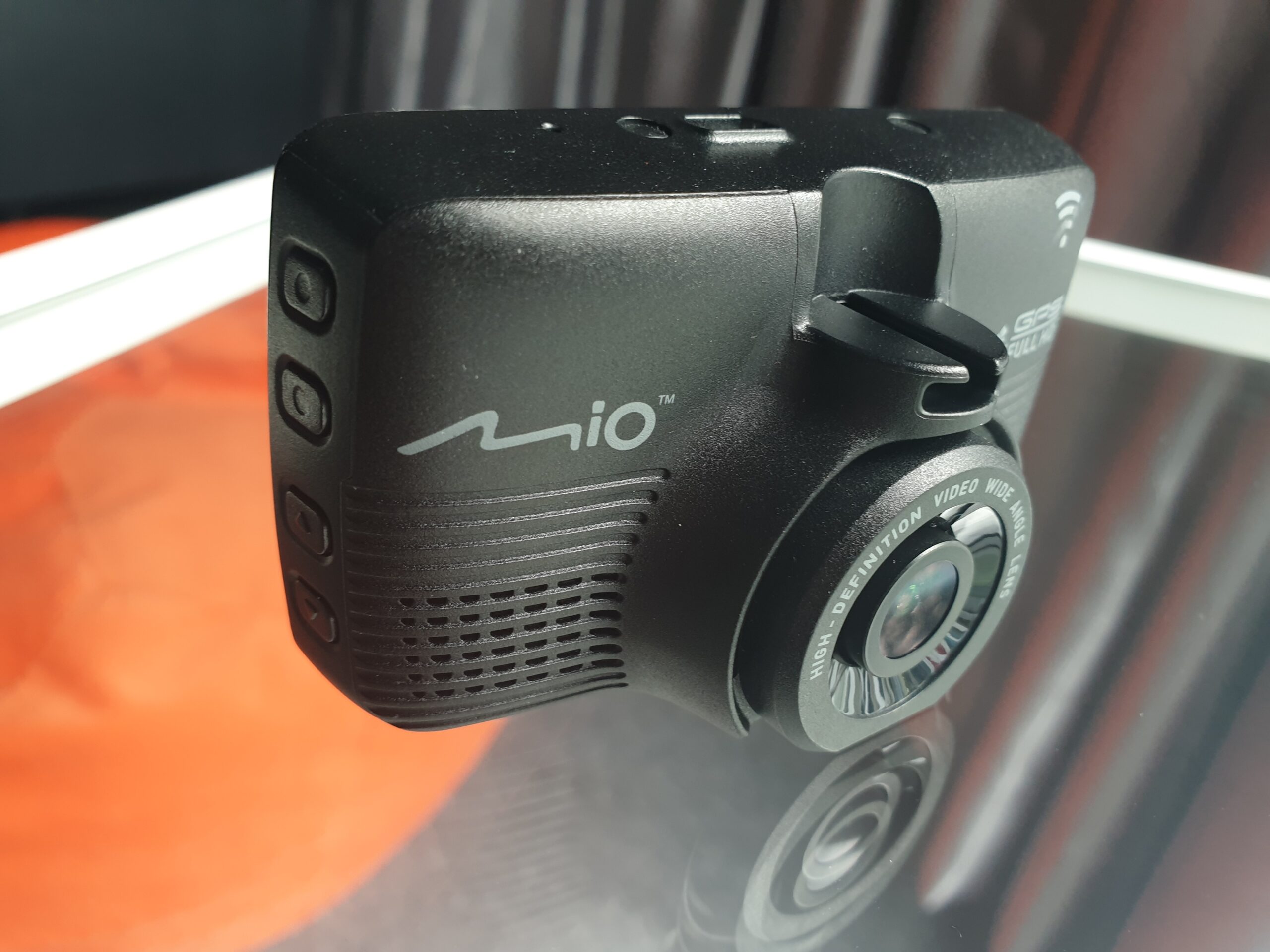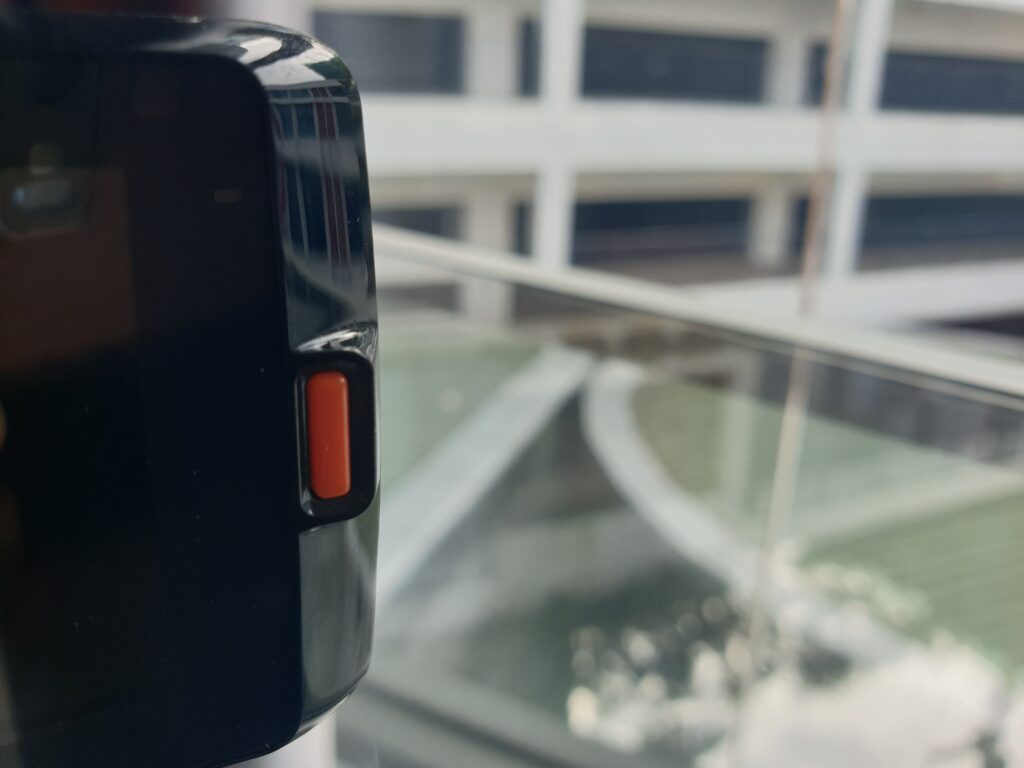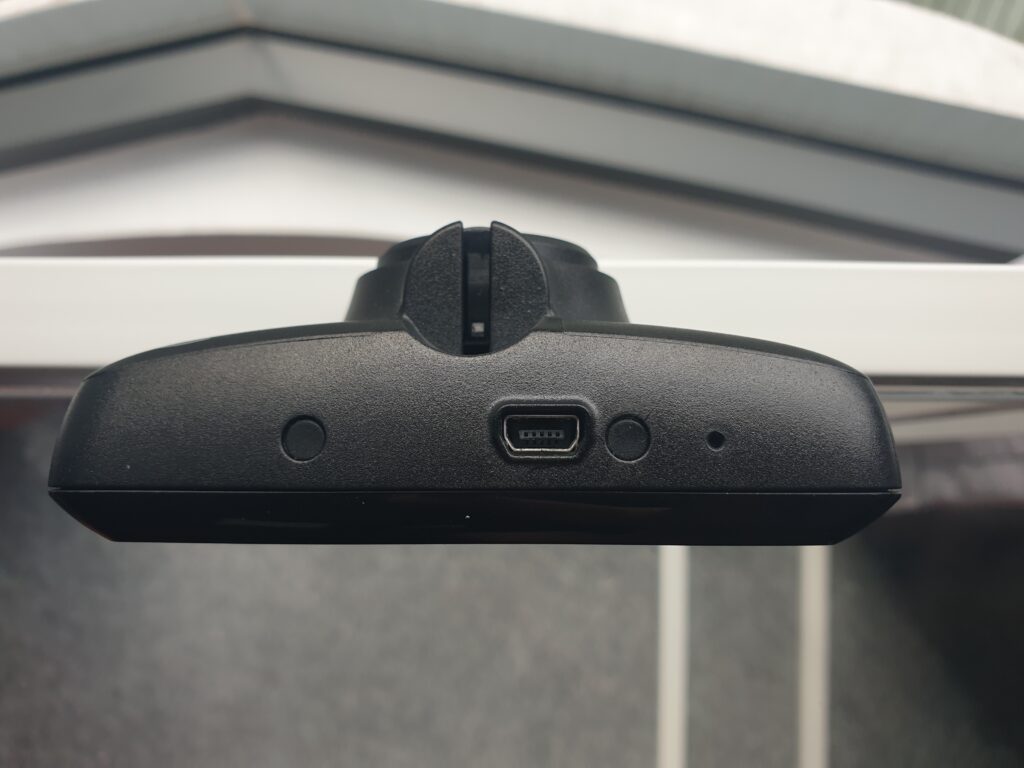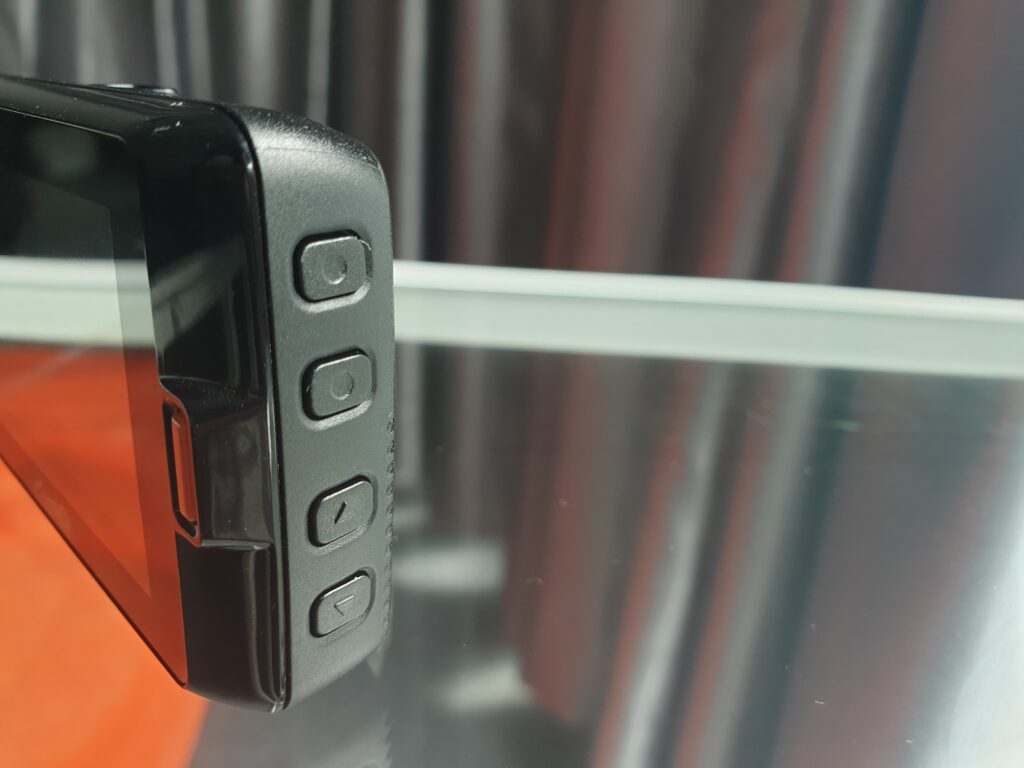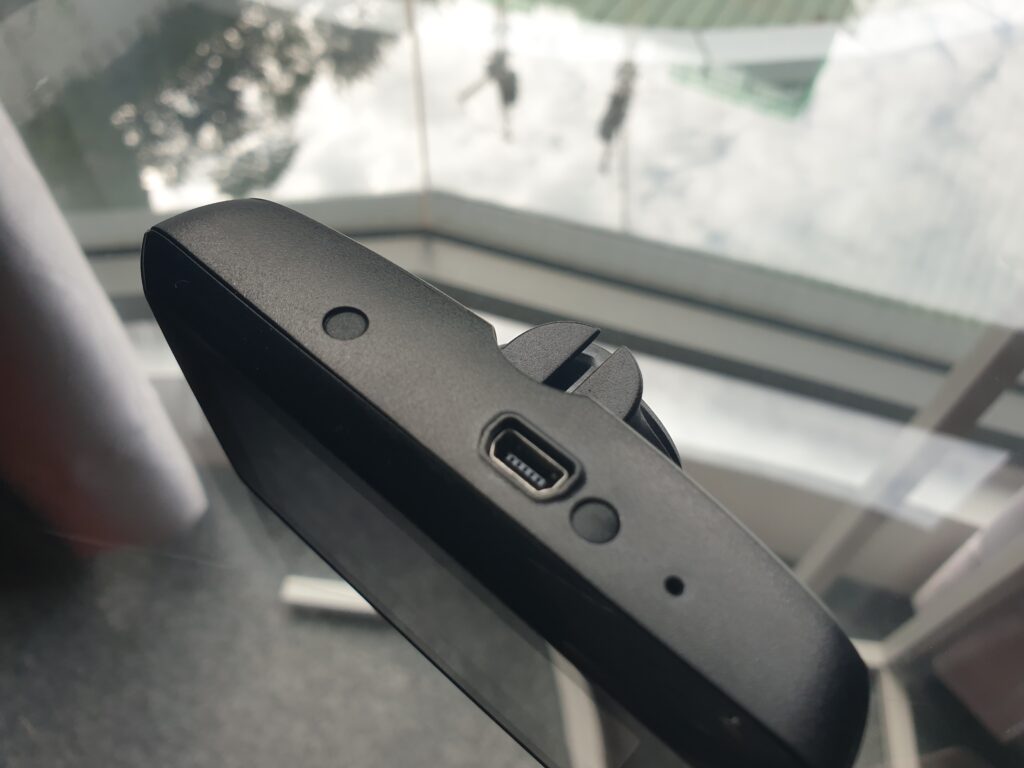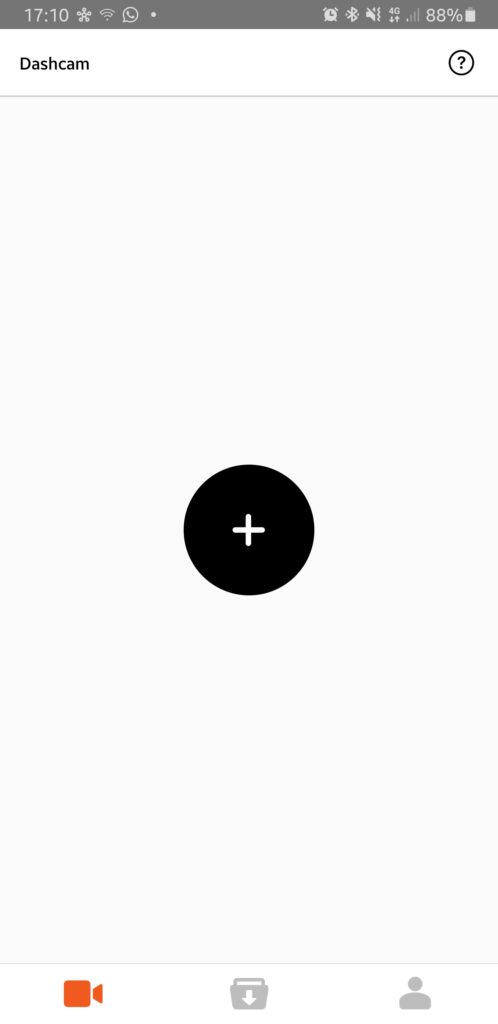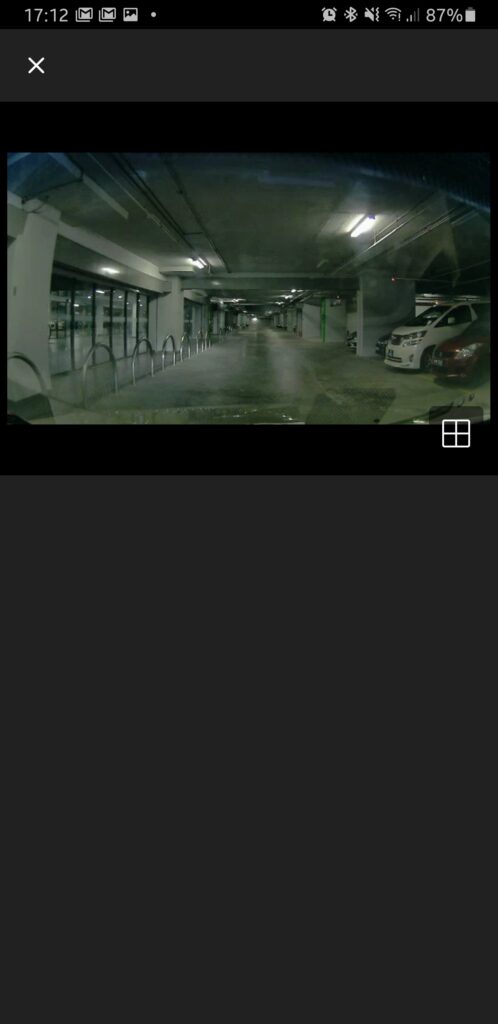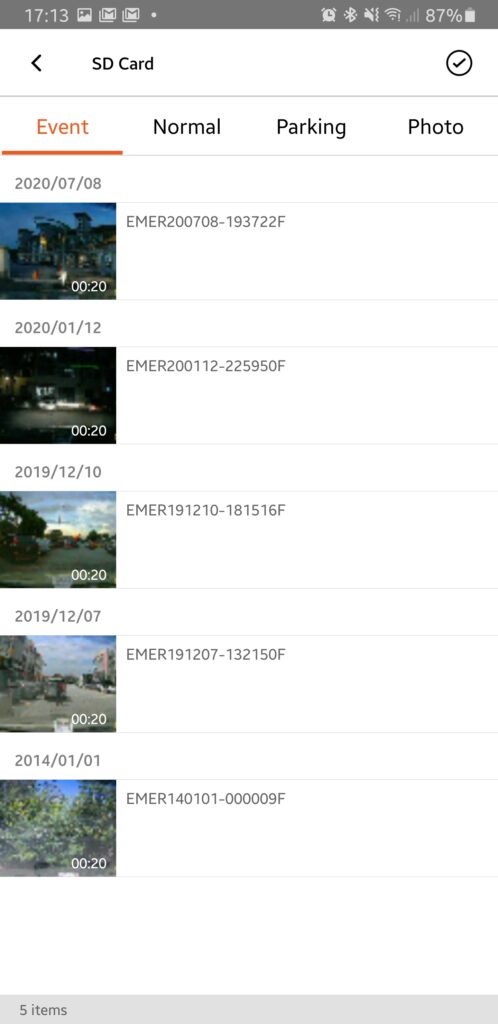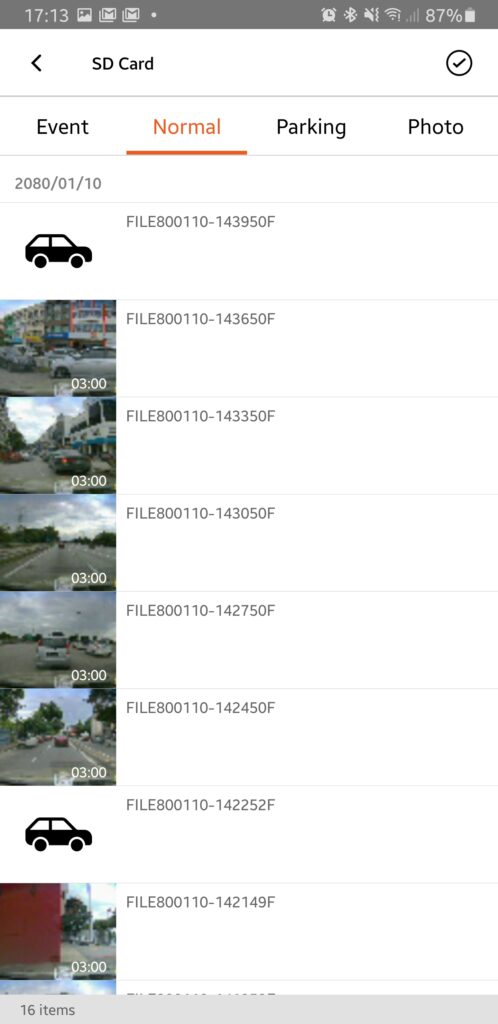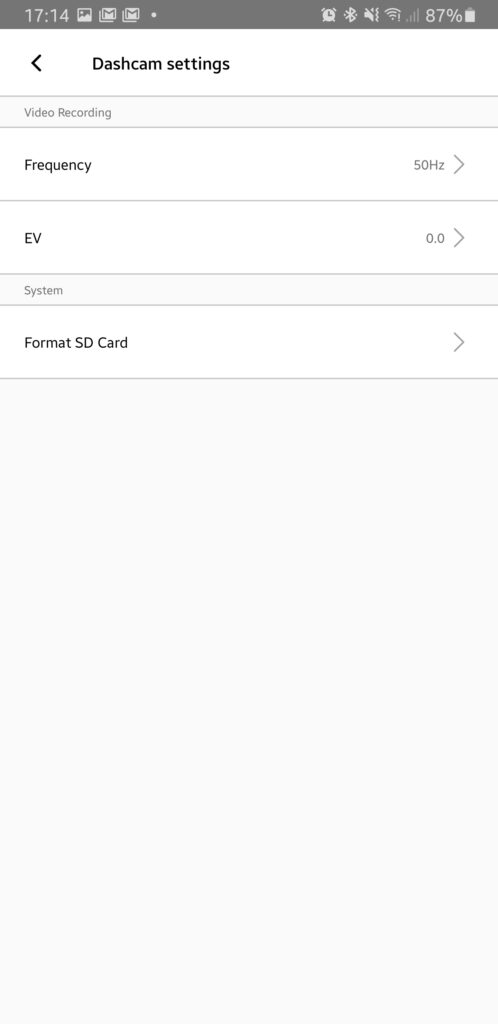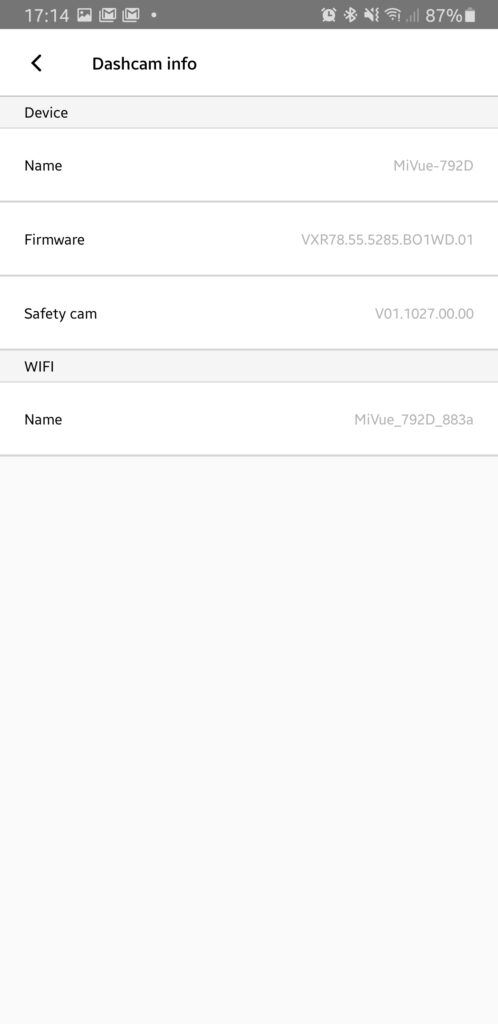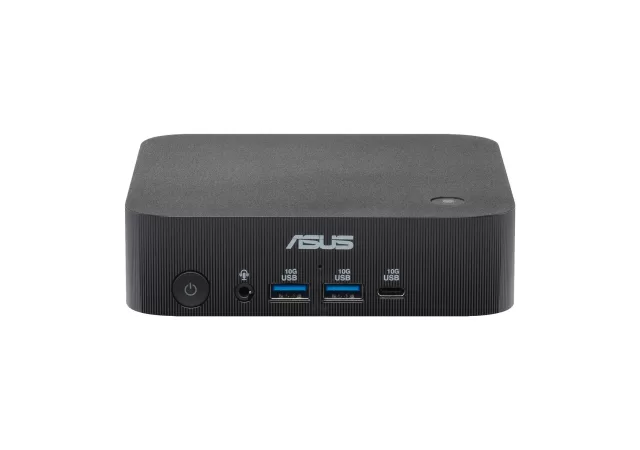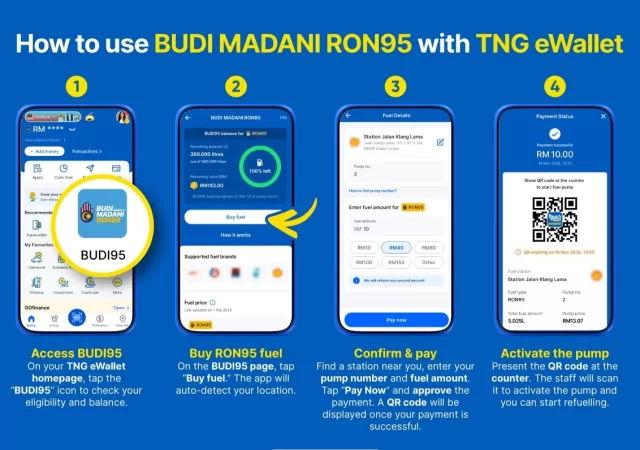Somebody once told me that a car is technically a weapon. When you think about it, that person makes plenty of sense. It is a giant metal box that weighs more than a tonne. It also travels at speed. Tell me that does not sound like a description of a sort of ballistic weaponry? The moral of the lesson is that we have to be alert and very careful on the road. Other cars can be super hazardous too.
While we try to be as careful as possible when we drive, accidents do tend to happen from time to time. It is quite inevitable really in Malaysia where 93% of the 31 million residents of Malaysia owns a car. That puts the car ownership number in Malaysia somewhere in the 29 million region.
What happens when you get into an accident though? You start playing the blame game. You think it is their fault, and they think it is your fault. There is only one way to settle this. Bring the case to the police station with evidence. What is the evidence? Footage from your ever so popular dash cam.
Every modern car comes with it now. Some even comes pre-installed when you buy the car brand new. What about older cars then. For example; what of an old Toyota Camry from the 2002 era then? You have to buy a separate one.
The question becomes, what do you buy? There is so many options now in the segment. There are even brands like HP in the dash cam segment.
We have a Mio MiVue 792 here. It is an MYR 799 option in the market. Considering that the cheapest dash cam in the market can go for as little as MYR 27.80 on Lazada, the Mio MiVue looks like an overpriced piece of toy.
Thing is, the Mio MiVue is 792 is plenty more than just a toy though. It is a piece of gear with features you might not find in any dash cam. It is also a tool to modernise your car a little bit.
The question remains though, is the Mio Mivue 792 worth the MYR 799 asking price? Or should you just skip it and look at the other options in the market? We find out.
Design
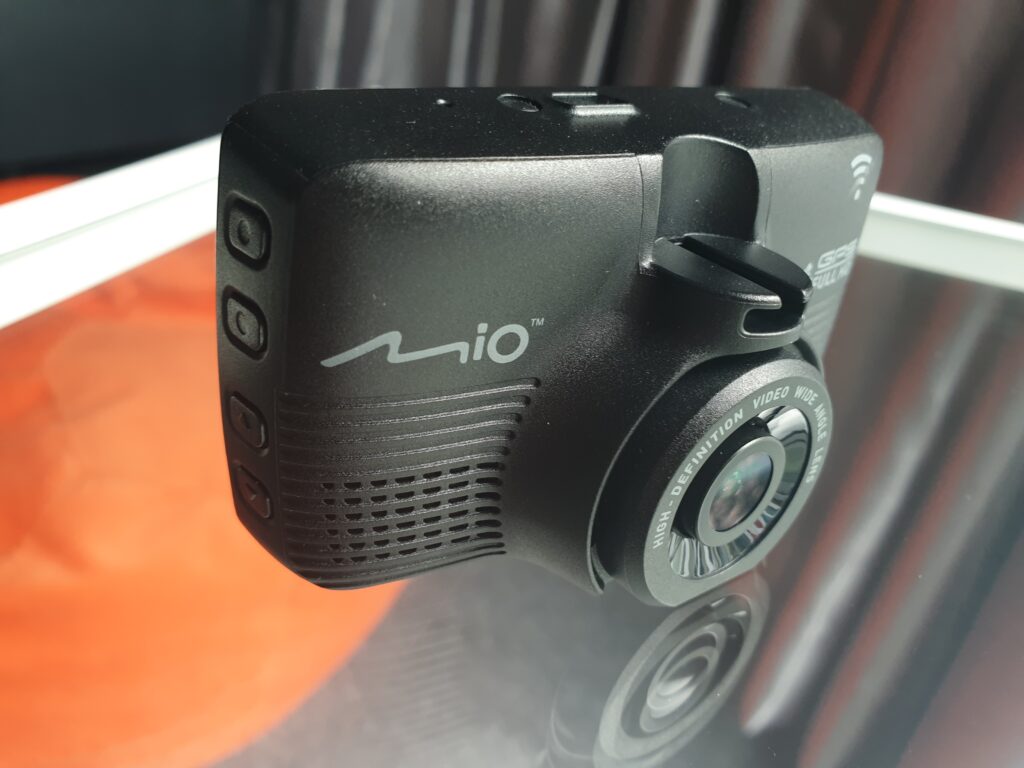
To be fair, this is one of the more bulky dash cameras I have seen in the market. It does mean that you get a significantly large display to monitor your dash cam though. You get a 2.7-inch display to pair to your CMOS sensor that records at 1080p Full HD at a maximum of 60fps.
While it is bulky, it is not to say that it is ugly though. Well, it may look a little out of place if you place it in a car as old as me. Still, it is not technically something you might look at on a daily basis.
When you first open the box up and take out the camera though. It feels premium. The plastic materials on it feels solid and durable. It looked like it could stand a car crash or two. There are plenty of vents everywhere presumably for heat dissipation and what not. Of yes, there is a mic installed on this thing too, so it technically records your conversations.
Its bulk, while gives you a sort of feeling that it is a solid piece of hardware, does have its own drawbacks though. One of its biggest drawbacks is its placement in your vehicle. By design, the dash camera is meant to be hung down from your windshield. Personally I mounted it as high as possible to avoid it coming into my field of view.
The bulk makes it a challenge to put it in places you would normally see a dash camera though. You can hide it behind your rear-view mirror to keep it as obscure as possible but then you would not be able to monitor its recording or its settings menu screen. You cannot navigate it with the buttons on the side because you effectively cannot see it.
While it is designed to be a one-time plug-and-play solution to a certain extent. there are more you can do with the Mio MiVue 792 dash camera. There is plenty within the menu that you can customize. There are more reasons to the bulk of the dash camera too, this thing is packed with features.
Features
We mentioned earlier that this thing packs more than just a camera. They somehow made this a very clever dash camera instead of a plain ol’ one you would be used to. It even has GPS for crying out loud. Sounds like an overkill? Maybe an overkill. We do appreciate some of its features though.
GPS Guardian Angel

Yes, this thing is loaded with a Global Positioning System (GPS) transmitter in its small body. Well, since GPS antennas can be fitted into a smartphone these days, that should not come as a surprise. Thing is, this is not some kind of navigation device though. You do not have a built in map that you can see within the device. The question now is; what is the GPS functionality for then?
Firstly, GPS can do plenty of things in your smartphone. At the most basic, it does not just track your whereabouts. Rather, it tracks your movement. That is one thing that the Mio MiVue 792 does in your car. It detects and tells you your car’s GPS speed; technically more accurate than your speedometer in front of you too.

In some sense, that can be quite a vital information when you present the evidence of an accident in court. It tells you whether or not you have broken any speed limit while a traffic accident is taking place. It also helps in determining whether or not you are traveling at a reasonable speed within the area and context of the location if there are no applied speed limit on that particular road. More information is always better technically.
Beyond that, the built-in GPS also feeds to a built-in map that tells you if there are speed cameras, or traffic light cameras, or anything other traffic cameras on the road. We were quite blown away by that initially. After a while it got very annoying; more on that later though.
Lane Departure and Collision Warning
We would say that if you are driving a car without a lane departure warning system or brake warning system but you want those features, this is some thing you might consider getting. The device itself has those functions pretty much built into the camera. All you have to do is dig into its menu and turn them on.
The whole idea of a lane departure warning is that your vehicle systems, or in this case; the dash camera detects your vehicle veering off your current lane. The device then will alert you when such things happen. This is kind of a warning system to keep you alerted on the road.

While you get that with plenty of modern cars today, you will not get the function with cars older than five years. The car we tested it in was more than 10 years old; perfect. We set it up and went for it.
Setting up the camera is a simple affair really. Just get the sticker off the foot, and stick that to the window at your desired placement, stick your dash camera in, and you are good to go. Of course, at installation the camera would guide you a little bit on how to properly set your camera up; where to point it to and what not.
The lane departure warning system is a great addition to the vehicle for a while. A little while later it got really annoying. Because it is basically just makes noise when you are veering off your lane, even if it is just a little bit. The system makes a noise too every time you cross into another lane, which is every single time you want to make a lane switch. You cannot even control how aggressive or passive you want the system to be. It is just ‘on’ or ‘off’. We turned the function off after 2 days of it making a noise every single time we wanted to change lanes.
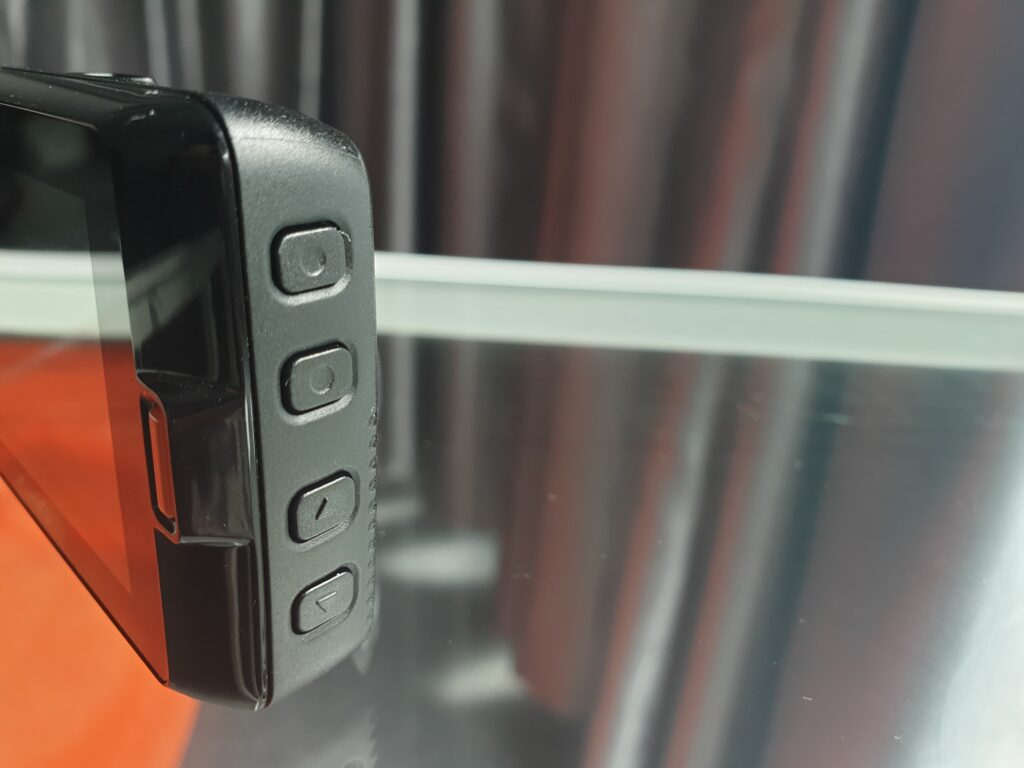
Then there is the collision warning system. The collision warning system is also a great new addition to an old vehicle. Unlike the lane departure warning, you can set its aggressiveness. We set it to be really aggressive at first, meaning at any sign that we are a little below two car lengths, the device makes the same warning noise. At its least aggressive level, it tells us that we are too close within one car length distance. You can set it to activate only beyond a certain speed too.
We got a little annoyed after that too because it activates when we are in traffic. Every single time a car pulls in front of us, the Mio MiVue 792 makes noise. Quite understandable though because the MiVue 792 does not feed directly into the vehicle’s systems.
Wireless Monitoring and Video Extraction
The Mio App could not be easier to use. It is also the most convenient way for you to extract your videos out of the MiVue 792. All you need to do is to ensure that the MiVue 792’s WiFi function is turned on to connect to your smartphone. Of course, you need the app that is available for free on Google Play Store and Apple App Store.
Once in the app, the app will prompt you to connect to the camera via WiFi. Once connected, you can access the camera’s view live on your smartphone or transfer files. To transfer files though, you need to stop the recording on the camera. In that case, we also suggest that you stop the car before downloading any footage from the MiVue 792.
To make things quicker for users, the Mio MiCue 792 actually records videos in 3-minute sections. You can easily scroll through and pick out the incidents quicker that way instead of downloading a whole 30-minute drive sessions. That is not even considering the scrubbing of the video.
We found the app to be really useful when it comes to transferring videos without any other tools. Thing is, we are a little disappointed to find that you cannot change any of the settings of the MiVue 792 from the app itself. While that is not too big of an issue, it can be quite annoying for us when we want to change certain settings. We have to reach out, and go into the settings of the camera from the camera itself. You risk changing the camera angles that you have perfected in the initial set up.
Still, you do not need to use a notebook PC or a card reader to operate this device. That is a big plus in our books. It is so much more convenient and faster too with a smartphone that you already carry with you anyway.
Emergency Video Recording
There is an extra default function of this dashboard camera as well. We were not fast enough to capture its operations, but it exists. While it does record videos normally, there is a special section of folder than the camera uses in its memory card. That is the emergency recording folder. It records a video up to three minutes when it is subjected to a certain amount of vibrations or experiences a major change in G-Force (when you jam your brakes).
In that special folder, you can find whatever video that is recorded during an emergency. That would serve as an evidence to whatever that has made your day worse. While it may not sound like much, it makes these footages much easier to access when you are trying to find footages that could help you.
If your camera could stay powered on when your vehicle turns off too, it could detect movements outside the car and also start emergency recording. This is now turning your car into a scared, paranoid animal that takes an interest in everything that happens around it. It is not a bad thing though, you might need the footage to either save yourselves, or help a stranger in identifying suspect in a theft case. That, or just watch dogs and cats passing by.
Full HD 1080p Evidence
The most important part of a dashboard camera is allowing you to have an evidence of any occurrence around and in front of your car. You want it to be your evidence when a traffic collision happens. It could determine whether or not you are at fault.
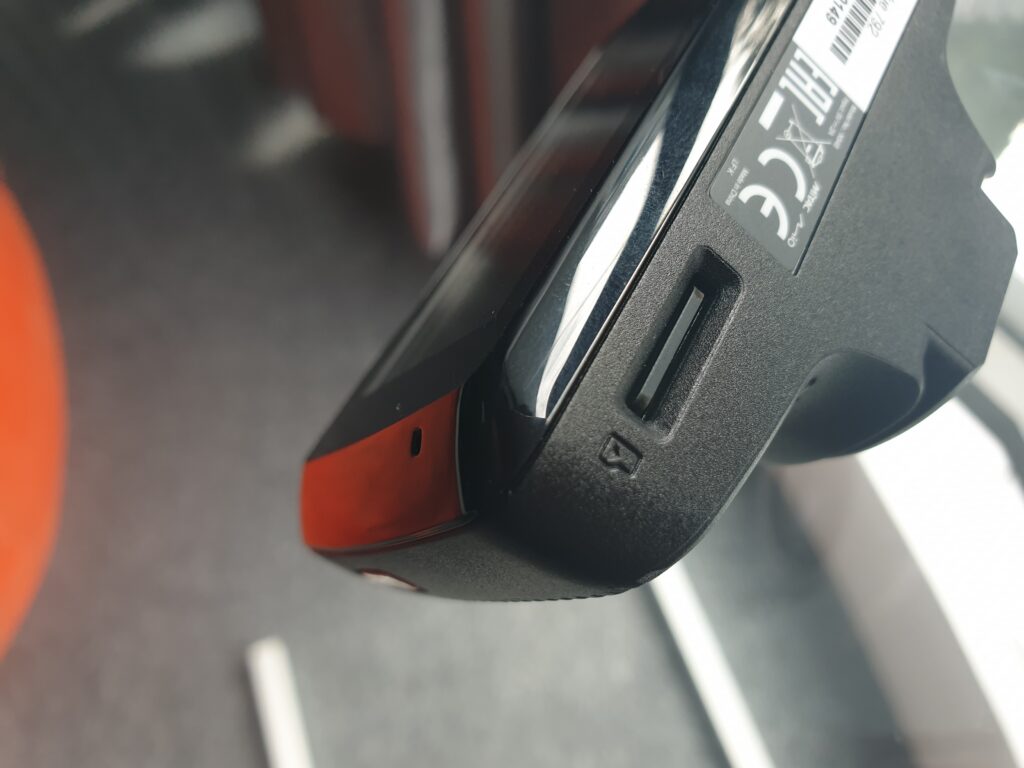
Thing is, traffic collisions are not as simple as that. It is nearly never a black and white situation. It could be the driver in front not paying attention, braking too hard which gives you no time to respond. It could also be you not paying too much attention to the car in front of you. It could be a brake check from the driver in front. It could also be you tailgating. Okay, fine these can be quite clear cut sometimes.
There are times though where there is really no telling who is at fault without seeing the full footage. It could be a head on collision on an intersection with no clear lines indicating which way the traffic goes. It could be as simple as looking at what the road conditions are like. In that case, you do need a clear video that can pick out details. You need the resolution. You need Full HD videos.
In that regards, this MiVue does that 1080p video rather well. No, it is not made for action movies, not even for home made videos. We discourage you from sharing your Genting road exploits via the MiVue. Although, they can look rather good.
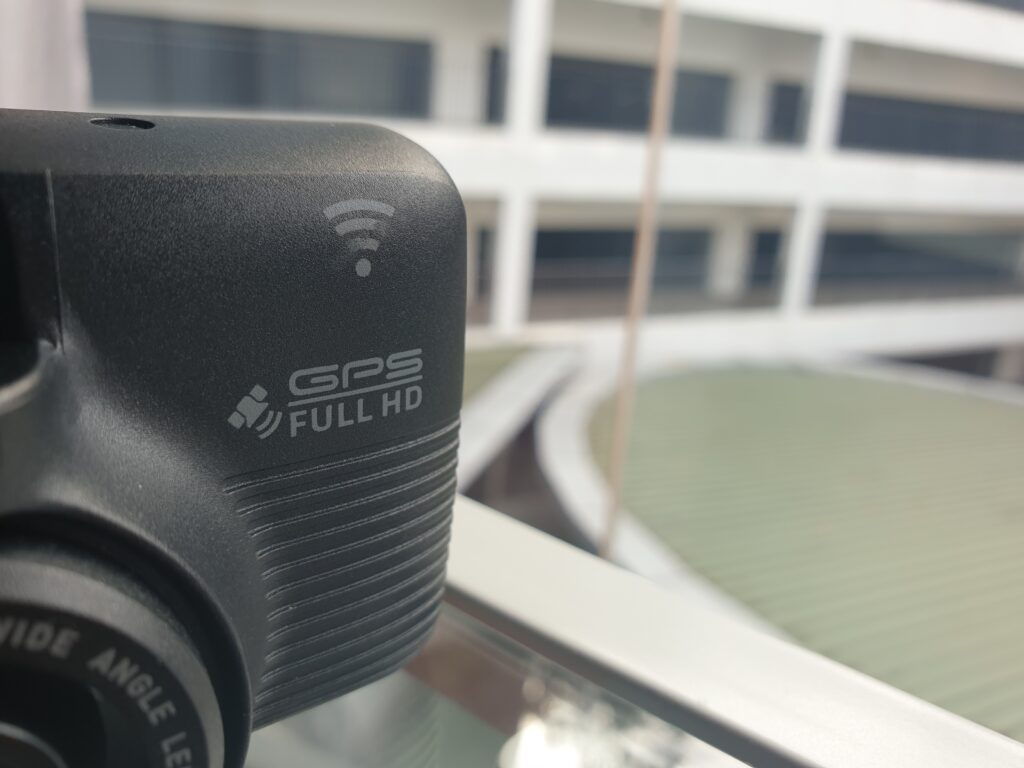
While there are plenty of dash camera that does Full HD 1080p videos, extracting the videos from this MiVue is simple. You do not even need to pull out the MicroSD card to get the videos out of the device like most dashboard cameras. You just need your smartphone and you are quite set.
The Full HD 1080p video on this is quite standard though. There is not much to shout about. There is not enhancements for its colours, so footage does tend to look a little dull. But that is not the point. The point is in its details. In that regards, the MiVue’s 1080p videos are full of it. The only sensible step up for dash cameras now is 4K videos; maybe when it becomes cheaper.
Worth Every Penny? Or Can You Do with Something Cheaper?
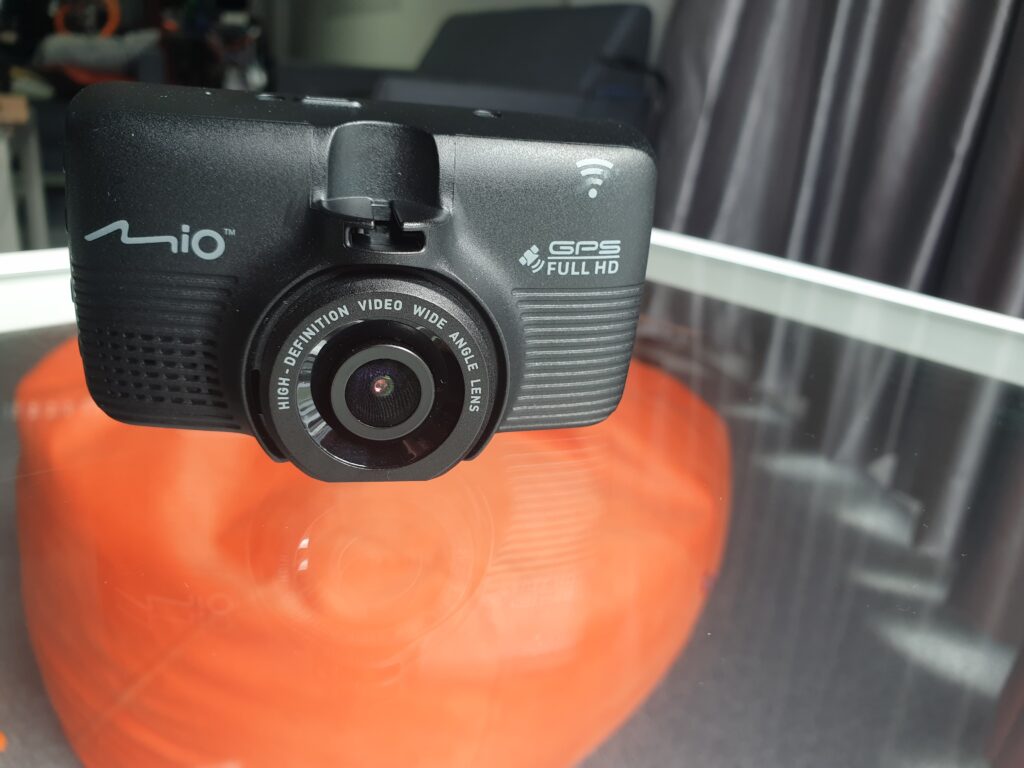
This dash camera costs MYR 790. That is not cheap in today’s standard for dash camera. Especially in the age where you can get everything online from China. You can even get one for less than MYR 150 and it works.
The thing is though, while they are usable. The cheaper options does just that. It just works, and nothing else.
The MiVue does not just work. It adds some new functions to older cars. It adds some smart features to your older car like lane departure warning and collision warning. You still cannot expect your car to brake itself and tell you whether or not there is an object in your blind spot though. But you are not adding extra sensors and computer to your car, you have to remember that.
What you are adding with the MiVue is not just an insurance, really. You are adding a safety feature, which is what every dashboard camera should strive to be. Instead of recording collisions and unwanted events, it should try to give you every bit of help to avoid it. It should warn you when you get too close to the limit, it should tell you when there is danger ahead.
There are still limitations what the camera can do though. You cannot expect it to recognise an animal on the road. You cannot expect it to even detect people on the road, that is still your responsibility. The algorithm embedded inside this little thing could have been cleverer, but that would mean they would need to bulk things up a little and complicates things.

So, is this worth the high asking price? In our humble opinions, it could be. If all the features packed into the MiVue are what you are looking for, then there is no other way to go with it.
If not though, more modern cars are mostly offered with dashboard camera these days. Most modern cars can also be equipped with lane departure warning, collision warning, and even more sensors than you can imagine. In that case, why do you need another dash cam that would annoy you whenever you pull a stop behind a car at the traffic lights, or when you want to change lanes?



